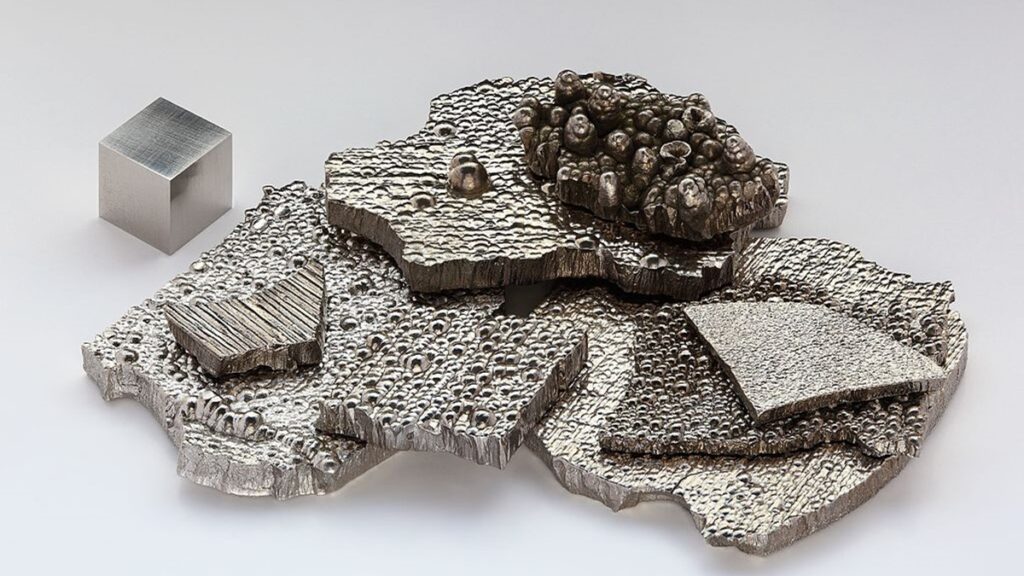The transition elements form three series of metals that progress from elements that give up or lose electrons to elements that gain or accept electrons. The elements that are in transition from metals to nonmetals are located in the center of the periodic table in periods 4, 5 and 6 and are found in groups 3 through 12. The transition metals are also unique in that their outermost valence shell is not the main energy level being completed by sharing electrons.
Generally, the shell next to the outermost shell provides the electrons that make the atoms of the transition elements less electronegative. These elements are the only ones that use electrons in the next to the outermost shell in bonding with nonmetals. The transition metals are unique in that they represent a gradual shift in electronegativity. Electronegativity is characterized by the neutral atom’s ability to acquire electrons from outside itself and thus neutral atoms have a tendency to become negatively charged.
Uses of Copper
Owing to its attractive appearance, excellent workability, high thermal and electrical conductivity, resistance to corrosion and its readiness to form alloys with other metals, copper is a metal of multifarious uses. Copper atomic number is 29. Copper important uses are listed below.
- For making electrical wiring and other electronic equipment. Approximately 55 percent of copper produced is used for electrical purposes. However, even small amounts of impurities in copper cut down its electrical conductivity quite noticeably. The metal must be 99×99% pure for putting to use for conducting electricity.
- For the manufacture of steam pipes, chemical plants, vacuum pans, calorimeters, condenser tubes, automobile radiators, boilers and condensers in locomotives and ships.
- As a roofing material for covering bottoms of wooden ships and for roofing gutters, conductor pipes etc.
- In copper plating and electrotyping.
- For the manufacture of copper compounds which find use as catalysts as fungicides in printing and dyeing and as pigments in paints.
Early Transition Metals
The first known transition metals include gold, silver and copper. These three elements occur in pure form in nature, so they were easy to find and use. Most of the other transition metals exist only combined with other elements or substances. They have to be separated before they can be used. Ancient people also discovered iron and mercury.
Fire played a key role in discovering new transition metals. That’s because most metals are found in ores. Ores are minerals or groups of minerals that contain concentrated deposits of desired elements, particularly metals. The heat helped separate the desired metal from the other substances. Fire also let metallurgists mix metals together. Metallurgists work to purify metals and find uses for them.
This is why transition elements have more than one oxidation state. All other metals and non metals in the major groups use their outermost shells as their valence shell in bonding. The transition metals are malleable and ductile and they conduct electricity and heat. The three transition elements that exhibit the unique property of magnetism are iron, cobalt and nickel.
Laila Azzahra is a professional writer and blogger that loves to write about technology, business, entertainment, science, and health.
